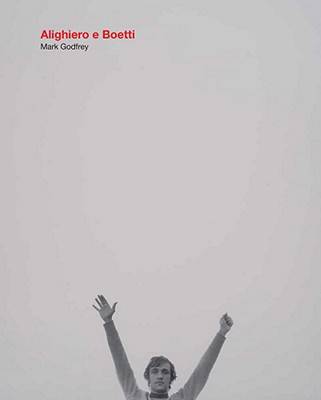
- Retrait gratuit dans votre magasin Club
- 7.000.000 titres dans notre catalogue
- Payer en toute sécurité
- Toujours un magasin près de chez vous
- Retrait gratuit dans votre magasin Club
- 7.000.000 titres dans notre catalogue
- Payer en toute sécurité
- Toujours un magasin près de chez vous
Description
The first monograph on the influential 20th-century artist Alighiero e Boetti and his groundbreaking works
Alighiero e Boetti (1940-1994) has emerged as one of the most significant figures of postwar European art whose practice is having an unfolding impact on younger artists. His powerful influence can be attributed to the material diversity of his work, its conceptual ingenuity, and his political sensibility. His work, though usually associated with the Italian Arte Povera group and Conceptual Art, has never quite fit into these contexts. Boetti ceased making Arte Povera-type objects in 1969 after a few years of association with the group, and his later choice of materials (embroidery, calligraphy, mosaic, kilims) put a gulf between his work and that of most artists of the 1970s and 1980s.Boetti had an idiosyncratic style of working, and he often collaborated with or commissioned others to execute his ideas, including his celebrated maps of the world, colorfully embroidered by women in Afghanistan and Pakistan. He tended to create several divergent bodies of work at once in series that he continued throughout his life. Alighiero e Boetti is the first monograph covering the whole career of this crucial artist to be published in English. Rather than present a linear account of the artist's creative practice, the book contains linked chapters that expound on the key subjects of Boetti's art and position this work in relation to that of his European and American contemporaries.
Spécifications
Parties prenantes
- Auteur(s) :
- Editeur:
Contenu
- Nombre de pages :
- 288
- Langue:
- Anglais
Caractéristiques
- EAN:
- 9780300148756
- Date de parution :
- 24-01-11
- Format:
- Livre relié
- Format numérique:
- Genaaid
- Dimensions :
- 190 mm x 269 mm
- Poids :
- 1700 g







